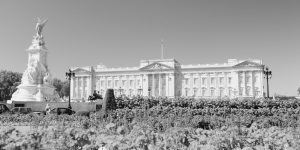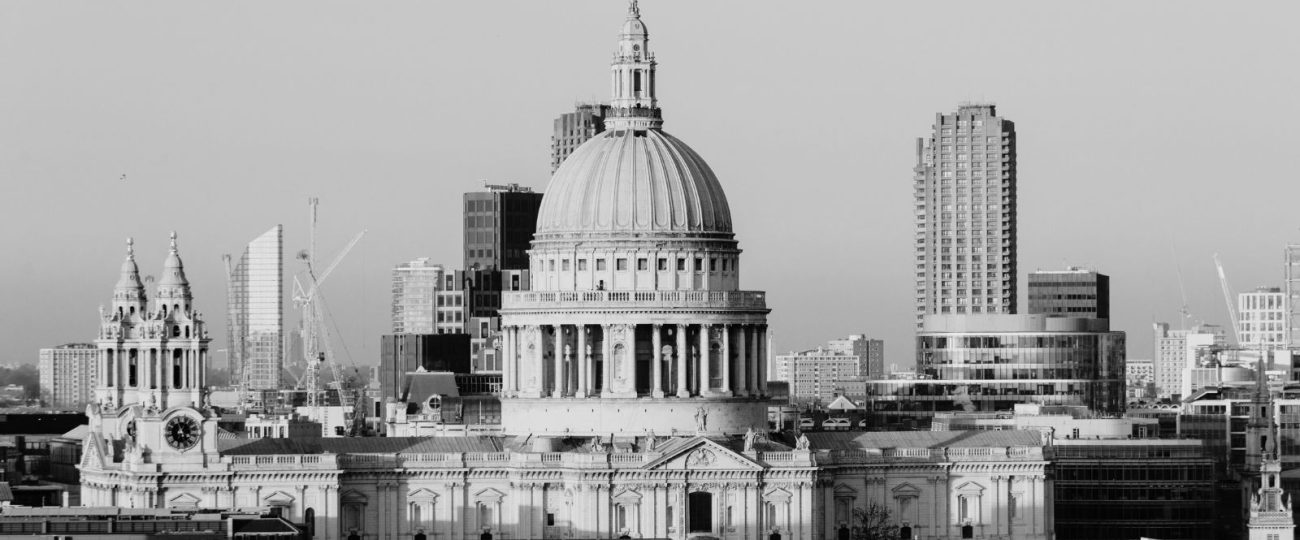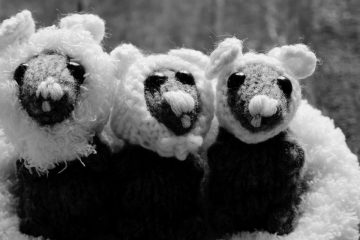What Happened On July 29th?
On this day in 1981, Charles, Prince of Wales, married Lady Diana Spencer in a ceremony filled with splendor and grandeur. The day began with meticulous preparations. Lady Diana, accompanied by her father, Earl Spencer, left Clarence House in a glass coach. Her dress, designed by David and Elizabeth Emanuel, featured a 25-foot train and thousands of sequins and pearls. The designers had kept the dress’s details secret until the wedding day, which heightened the anticipation.
More than 4,000 police officers and 2,200 military officers ensured security. Crowds cheered along the route from Clarence House to St. Paul’s Cathedral, where bands played patriotic music, adding to the festive atmosphere. The royal carriage procession included members of the royal family and other dignitaries. Diana’s arrival resonated with the tolling of the Great Paul bell, England’s largest, which rarely rang. The bells rang for a full three hours before the ceremony began.
Diana entered St. Paul’s Cathedral in a manner both majestic and personal. Her train, the longest in royal history, required careful handling as she stepped out of the coach. The grand staircase of St. Paul’s added to the dramatic effect. The cathedral, extensively cleaned and renovated for the wedding, looked its best for the historic occasion.
Inside the cathedral, 3,500 guests awaited the ceremony. The Archbishop of Canterbury, Robert Runcie, led the service. The couple exchanged vows with slight changes from traditional wording, notably omitting the promise for Diana to “obey” Charles, reflecting changing times. The royal family used a specially made red and gold kneeling stool for the vows.
Diana accidentally reversed the order of Charles’s names, calling him “Philip Charles Arthur George” during her vows, which added a human touch to the regal proceedings. Their nervousness and genuine affection endeared them even more to the public. During the signing of the marriage register, guests enjoyed Kiri Te Kanawa‘s rendition of Handel’s “Let the Bright Seraphim.” The couple used a special pen commissioned for the occasion, made from gold and engraved with their initials.
The day became a national holiday in the United Kingdom. Schools, offices, and businesses closed, allowing everyone to join in the celebrations. Street parties and public gatherings took place across the nation. People bought commemorative merchandise, from mugs to flags, in large numbers. The official wedding program, featuring photographs and details about the couple, became a sought-after keepsake. The program included a detailed account of the couple’s relationship, their engagement, and plans for the future.
The wedding cake, a five-foot-tall masterpiece created by David Avery, featured intricate designs and took 14 weeks to complete. It was one of 27 cakes provided for the event. A slice of this cake later auctioned for charity. Additionally, the cake’s design included a detailed replica of the royal coat of arms, showcasing the level of craftsmanship involved. The main cake weighed over 200 pounds and required several people to move it.

After the ceremony, the couple returned to Buckingham Palace in the 1902 State Landau. Even larger crowds celebrated the new Princess of Wales along the route back. The palace balcony kiss, now a tradition for royal weddings, was met with a thunderous applause. The state landau, used in previous royal weddings and state occasions, was the couple’s chosen departure vehicle. The Landau had been used by Charles’s great-grandfather, King George V, during his coronation procession.
Their honeymoon plans also captured public interest. Charles and Diana spent the first part of their honeymoon at Broadlands, the estate of Charles’s uncle, Lord Mountbatten. They then traveled to Gibraltar to board the royal yacht Britannia for a Mediterranean cruise. The couple also visited Egypt, Tunisia, and Greece during their honeymoon, a tour combining relaxation with diplomatic engagements. They received gifts from dignitaries around the world, including a rare antique vase from the Greek government and handwoven tapestries from Egypt.
The Prelude To The Wedding
Charles and Diana announced their engagement on February 24, 1981. Diana’s engagement ring, featuring a 12-carat oval blue sapphire surrounded by 14 solitaire diamonds, quickly became iconic. Diana selected the ring from a catalog by Garrard, the Crown Jeweler, which was unusual at the time as most royal engagement rings were custom-made. The ring’s design had been inspired by a brooch Prince Albert had made for Queen Victoria.
The lead-up to the wedding drew intense media scrutiny. Diana, then just 20 years old, faced the pressures of becoming a public figure. Despite her youth, she handled the spotlight with grace, winning the affection of the British public. Charles, heir to the British throne, had known Diana for several years, as she was the younger sister of his former girlfriend, Lady Sarah Spencer. Diana moved into Clarence House to learn royal protocol and duties, a period she later described as overwhelming but educational.
Behind The Scenes
The public saw the fairytale wedding, but behind the scenes, tensions and challenges loomed. Both Charles and Diana had doubts about their relationship. Diana struggled with the immense pressure and scrutiny of her new role. Despite outward appearances of joy, their personal struggles foreshadowed future difficulties in their marriage. Diana’s struggle with the intense media attention began immediately, as photographers and journalists pursued her relentlessly. Diana also dealt with feelings of isolation and the enormous expectations placed upon her as the future queen.
International media coverage extensively highlighted the global fascination with British royalty. The event produced countless memorable moments and images that have since become iconic. The BBC broadcast the event live in 50 countries, and it was one of the first major royal events to be widely viewed on color television. More than 100 television networks covered the event, with commentary in multiple languages, making it accessible to millions of viewers worldwide.
The marriage of Charles and Diana changed the British monarchy and popular culture. Diana’s influence as the “People’s Princess” began on this day, shaping public perceptions of the royal family. Her style, compassion, and openness resonated worldwide, influencing the monarchy even today. Diana’s choice to wear minimal makeup and her natural, youthful look set new trends in bridal fashion. Her wedding dress, with its dramatic puffed sleeves and intricate lace, influenced bridal designs for years to come.





